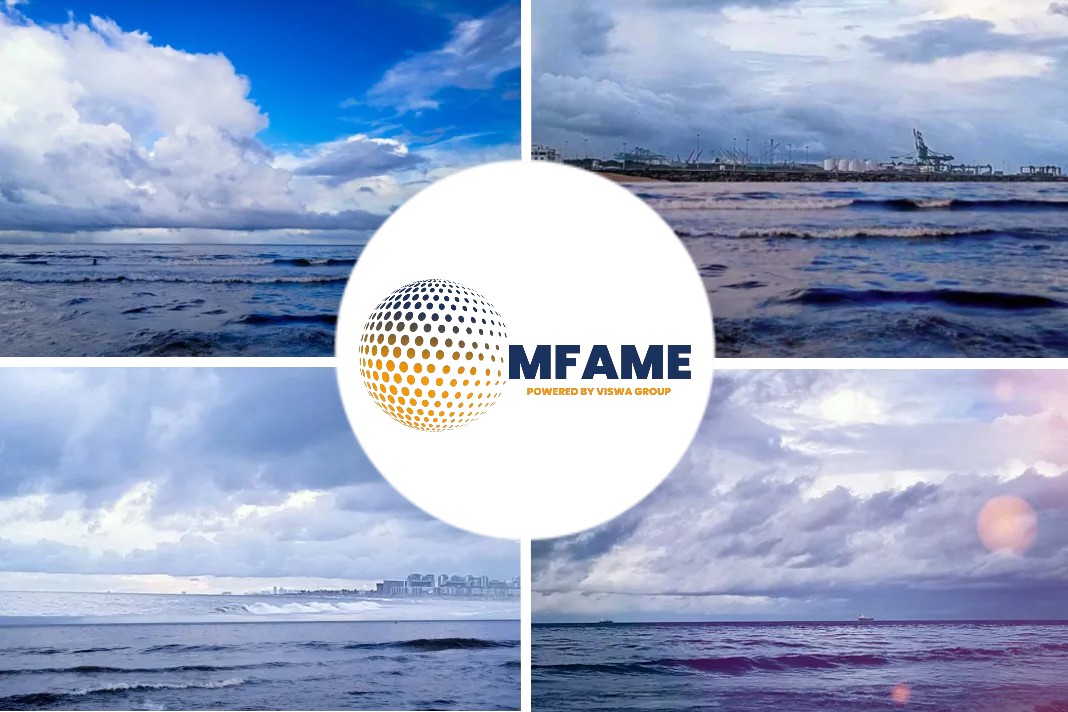
In the downstream section of the Gezhouba Dam on the Yangtze River in Yichang, central China’s Hubei province, a pure electric cruise can be seen for sightseeing services. The vessel, with no pungent smell of diesel fuel or the engine roar, boasts a maximum range of 150 kilometers with a single charge, reports en.people.cn.
About the ship
The ship has consumed a total of 950,000 kWh of electricity since its maiden voyage in March last year, which is equivalent to a reduction of more than 750 tons of carbon dioxide emissions compared to regular fuel-powered vessels of similar power.
Yichang is located at the juncture of the upper and middle reaches of the Yangtze River. It is home to the Three Gorges Dam, the world’s largest hydropower project, and the Gezhouba Dam, one of the largest run-of-river hydropower stations in the world.
Each year, around 60,000 vessels pass by the section. Therefore, it is of great significance to protect the ecology of the Yangtze River by making ship trips more environmentally friendly.
Over recent years, Yichang has intensively and continuously promoted green shipping and achieved fruitful results. Ships berthing or waiting for the lock basically achieve zero emission, and shore power has been widely used. Besides, more new energy vessels are manufactured and put into operation.
When the sun just went down, cargo ship Dayang 86 lowered its anchor at an anchorage in Yichang. The ship generated 3 cubic meters of domestic sewage during its week-long voyage.
Captain Li Yongjiang submitted a form of pollutant handover on a mobile application named Jing Xiao Yi, which means “clean Yichang” in Chinese. Just 15 minutes later, a vessel came near his ship and picked up the sewage.
Jing Xiao Yi is an information system for the synergetic governance of pollutants from ships launched by Yichang authorities. With this system, ships, pollutant-picking vessels, transferring vehicles and institutions responsible for final disposal are able to collaborate online, and thus form a closed loop for the disposal of pollutants from ships.
At present, domestic garbage and sewage from ships are received, transferred and disposed of for free. It is as easy as hailing an “online cab” for ships to get their pollutants picked, said Hu Zhaohui, head of the municipal traffic and transport bureau, adding that ships and barges today are handing over their pollutants voluntarily.
Hotel on the river
At midnight, the Yangtze River Three Gorges 1 moored at a dock of the Three Gorges Dam tourist area after a 2-hour sightseeing tour, where clean shore power was continuously delivered to the “hotel on the river.” The ship has four battery cabins consisting of lithium iron phosphate battery packs, carrying power equivalent to the total battery capacity of over 120 electric vehicles.
According to Li Xingheng, a shore power technician with a branch of State Grid Corporation of China in Yichang, high-voltage shore power can be turned into low-voltage electricity by transformers on the ship, and the ship can also replenish power at multiple docks in the upper stream.
This new model has solved the high-power charging problem of large pure electric vessels, Li added. In the past, power generation relied on fuel while ships were berthed, which created air and noise pollution. A cargo ship refuels with liquefied natural gas at a new energy dock in Guizhou township, Yichang, central China’s Hubei province.
Today, Yichang has launched six typical shore supply systems that meet the demand for power consumption of various types of ships with different docking modes. It has also built a cloud networking platform to provide vessels and ports with mobile payment and other convenient services.
Yichang is the first city along the Yangtze River to be completely covered by standardized shore power. So far, shore power has become available at 63 commercial docks and two anchorage sites in the Yichang section, providing a total of 25 million kWh of clean shore power for more than 14,000 vessels. The consumption of shore power in the section is expected to exceed 7 million kWh this year. The Yangtze River Three Gorges 1 was built by a local shipbuilder in Yichang, and Three Gorges Tourism, a company based in Hubei province, is one of the investors.
“It has completed nearly 300 trips and carried a total of 280,000 passengers, creating tourism revenue of over 12 million yuan ($1.67 million). The pure electric cruise is operating with promising results,” said Liu Jun, deputy general manager of the company operating the vessel, which is under the Three Gorges Tourism. According to him, the company invested in two other pure electric cruise ships last year, which are expected to be completed by the end of the year.
Yichang enjoys a long history of shipbuilding. It is home to 25 shipbuilders and over 100 shipping companies. Today, focusing on the development of new and clean energy-powered ships, the city is accelerating the green transition and high-quality development of its shipbuilding industry.
In March this year, China’s first R&D studio for green and intelligent ships was established in Yichang. Six cooperation projects participated by enterprises, universities and research institutions are currently in progress, which aim at breaking the technological bottlenecks in the manufacturing of pure electric cargo vessels.
On May 18, an industrial park for green and intelligent shipbuilding was put into use in the city. With a total investment of 8 billion yuan, the park is attracting green and intelligent shipbuilders as well as relevant supporting enterprises along the industrial chain.
Did you subscribe to our daily Newsletter?
It’s Free! Click here to Subscribe
Source: en.people.cn

















